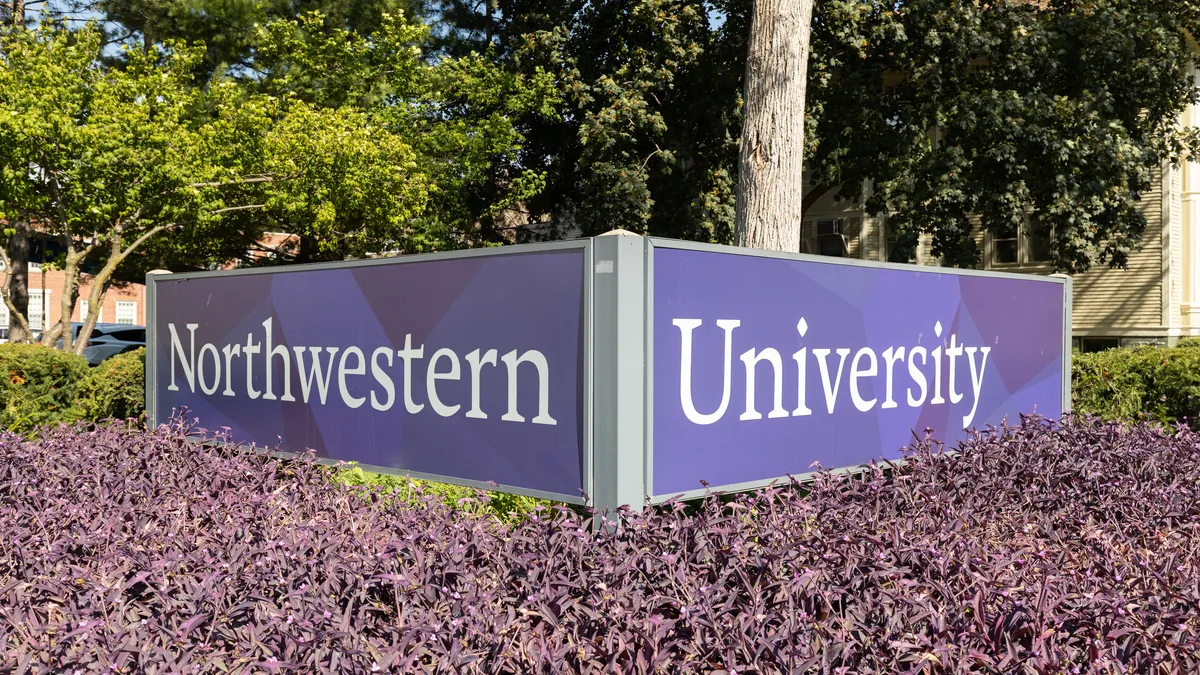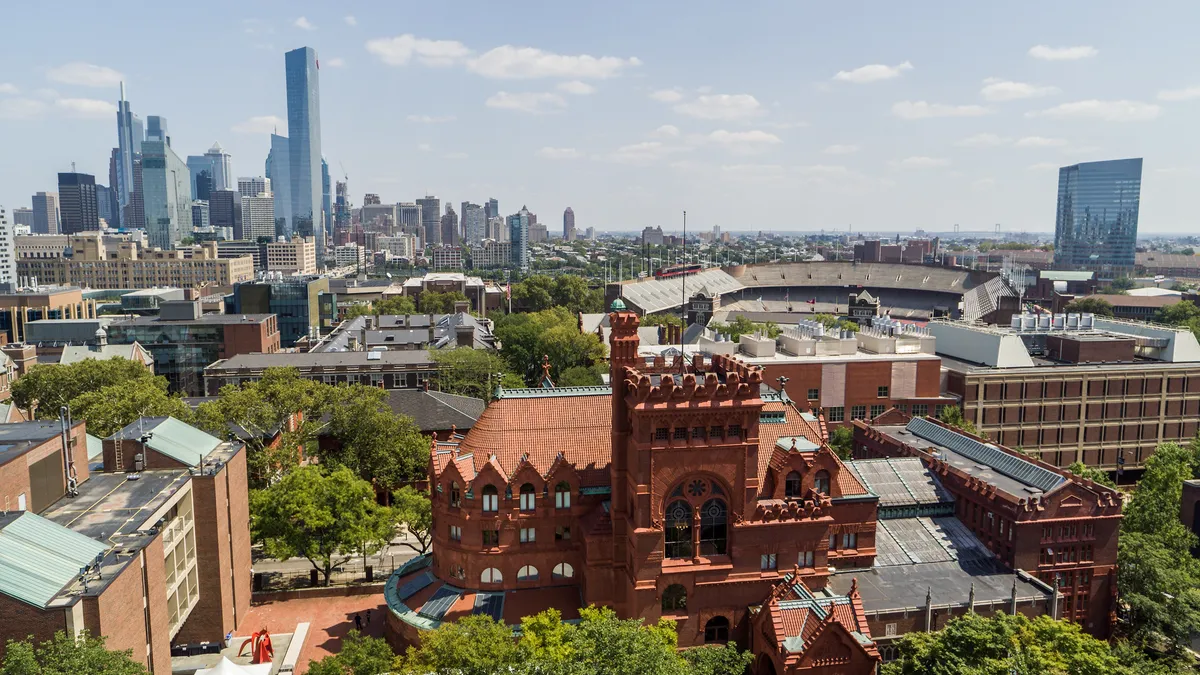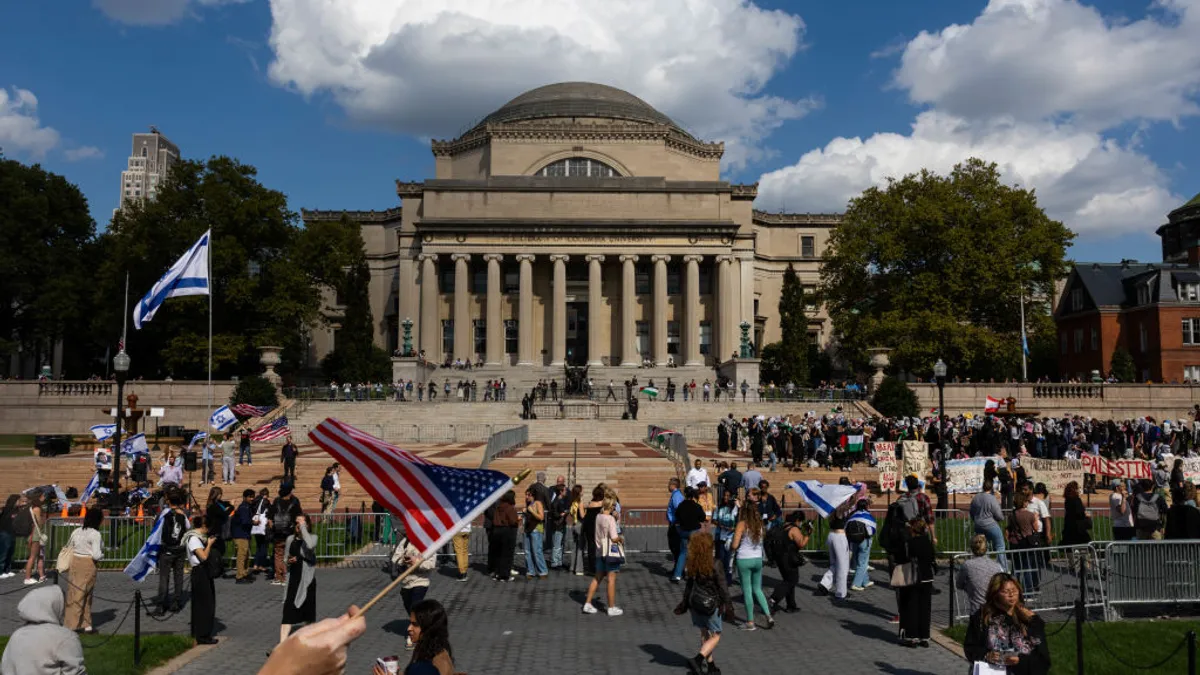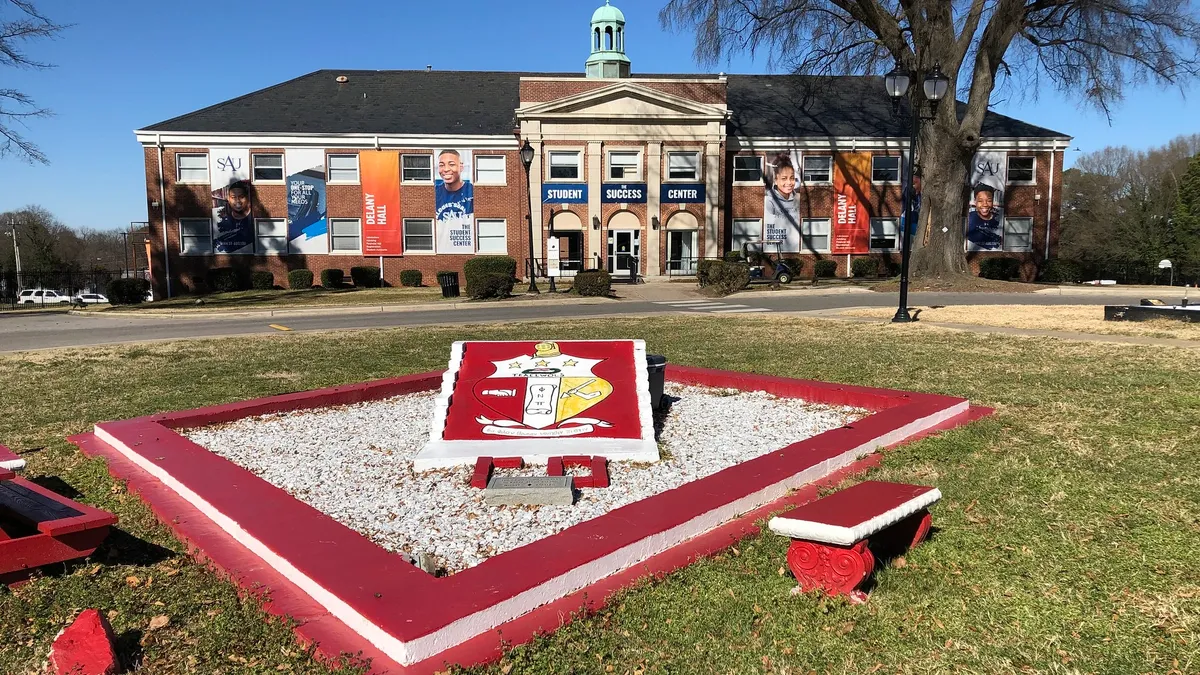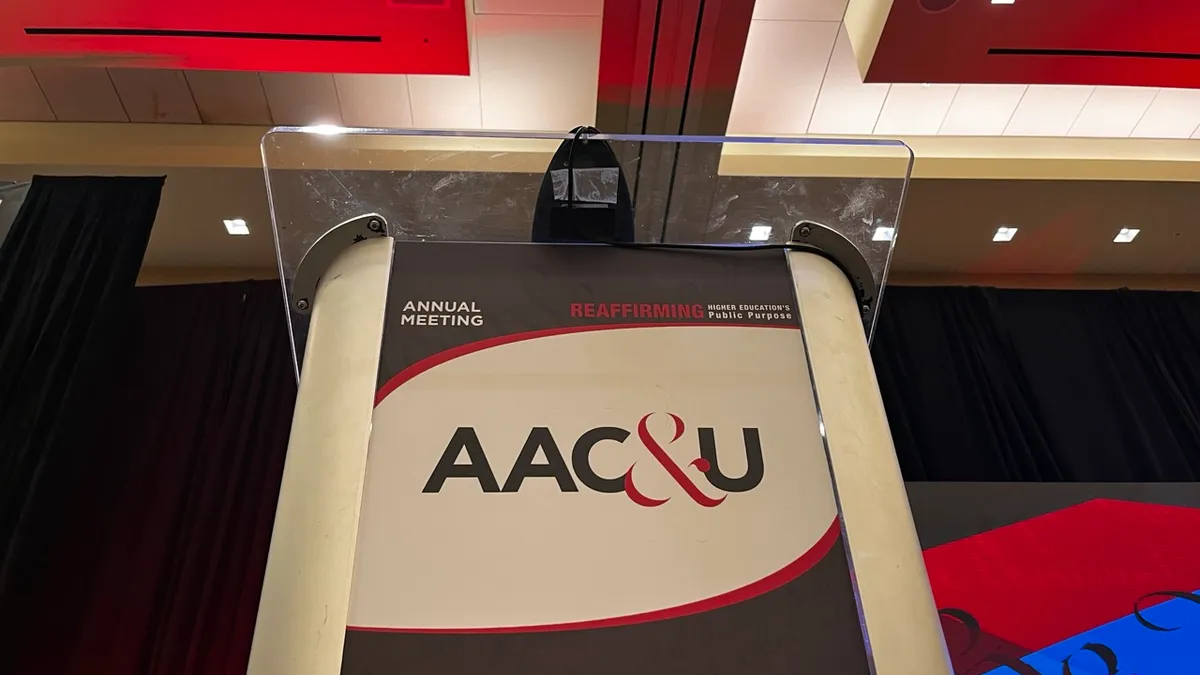Gregory Crawford is the president of Miami University, in Ohio.
The twin missions of higher education are to prepare students for fruitful lives and careers and to serve the needs of our society. Faced with a climate catastrophe that has already begun and that threatens more damage, colleges and universities must lead the creation of solutions to fulfill our purpose.
One area this plays out is the campus itself. A college campus is a semi-enclosed ecosystem with day-to-day requirements for energy, transportation, housing, food and other resources.
The ability to implement best practices in infrastructure, processes and policies makes the campus a living laboratory where a university can practice what it teaches and implement what it learns. For Miami University, that has meant pursuing carbon neutrality.
Becoming a carbon-neutral campus is a massive and multiyear — even multidecade — effort. The goal is for our campus to operate on renewable, clean sources of energy generation, and to counterbalance emissions from sources outside of our direct control by helping to reduce fossil fuel usage in our surrounding communities. Once complete, our carbon emissions will be a net of zero.
The single largest contributor to the university's carbon footprint under our direct control is the production of utilities on campus. Seventy percent of the energy consumption and 47% of the carbon produced per gross square foot of building space in 2008 was from steam or electricity produced on our campus.
As part of our net-zero goal, we're transitioning away from a central steam power plant fueled by coal or natural gas while making major investments in geothermal energy for heating and cooling our buildings. These changes go hand-in-hand. Let me explain how:
The central steam power plant provides high-pressure steam heat through more than 10 miles of piping across the campus. Even under the best scenario, 20% of the heat produced is lost across this broad distribution system. At the same time, we are producing chilled water for cooling at plants on our campus, a process that removes heat from the water and expels it to the atmosphere. Paying to produce heat in one system and to get rid of heat in another isn't very efficient.
To address this issue, we're shifting to low-temperature hot water for heating. This allows us to use technology that produces chilled water and simultaneously captures the heat created in that process to be used on campus. With geothermal technology, we can efficiently store the extra heating and cooling energy in the Earth for later use.
Through planning, these changes can save money over time. Most campuses have aging utility infrastructure that requires costly maintenance or needs to be replaced. Rather than simply replacing each component with an equivalent, institutions can plan ahead to transition to systems with greater efficiencies. Looking at these expenses through a lens of sustainability puts the costs in context.
For example, by working toward our sustainability goals through integrated master planning, the office of energy systems has transformed how our utilities are delivered without major disruptions on campus or duplicate construction costs.
Energy generation isn't the only focus in our push to net-zero. Miami University's journey started in 1969 with the creation of what is now called the Institute for the Environment and Sustainability. Today, co-majors in sustainability, environmental science, energy and food systems and food studies attract students who lead sustainability initiatives on campus and share their expertise widely. We stopped burning coal on-site in 2017, and our 29 LEED Gold- and Silver-certified buildings account for almost a third of the total gross building square footage on our main campus.
Over the last decade, our energy-based carbon emissions have shrunk by more than half and our energy consumption rate by more than a third as a result of these and other initiatives.
We will post our target date for reaching carbon neutrality on the Presidents' Climate Leadership Network reporting platform in 2024. We recently signed an agreement with that group to accelerate our campus investments and empower our students, faculty and staff to recognize the role they play in achieving carbon neutrality.
Engaging the campus community and beyond is a critical piece of our success. We've included a wide range of stakeholders from within the university and the city of Oxford, Ohio, where we're located, in developing our Climate Action Plan and task force.
Our quest toward carbon neutrality has far-reaching implications. Students who live on a carbon-neutral campus will take that experience into the world. Neighboring communities will seek to participate, such as by welcoming students to help them identify sustainable solutions to problems they face. More students who want a sustainable and equitable future will be attracted to the university, and other institutions will seek to imitate the success.
Universities stand at the intersection of commerce, government, education, science, technology, the helping professions, the arts and more. We are entrusted with equipping the minds of those who will lead our future. What we do will reverberate across our nation and around the world long after we're gone. Our commitment to sustainability, in theory and in practice, will elevate our well-being and save lives for generations to come.
The journey has only just begun.








